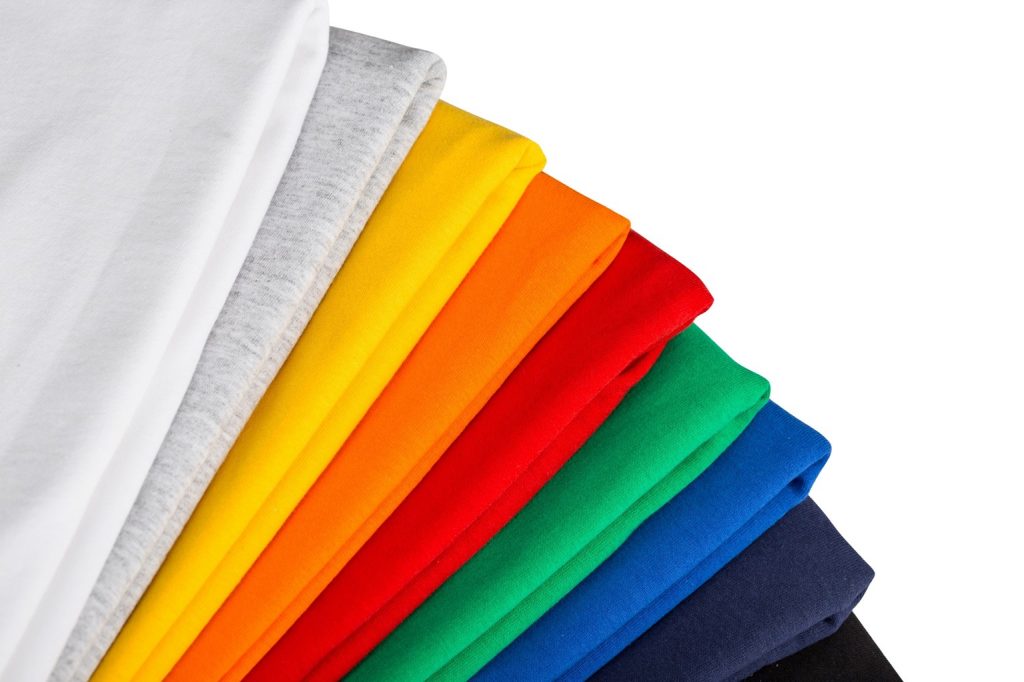Singapore is a major fashion apparel hub. It is no wonder that our apparel market is currently yielding a revenue of US$2,162 million in 2020. Apart from investing in off-the-shelves apparel, we also see a rising demand for T-shirt printings services in The Lion City over the recent years.
Thanks to their versatility, custom t-shirts not only serve as an outlet for individuals to express themselves, they have also been regarded as considerable marketing tools for businesses in Singapore, and even social movements alike. Beyond that, you could also transform these pieces of swag into keepsakes. Why not?
All in all, when it comes to custom t-shirt printing, the possibilities are infinite – and that is why people love them!
However, there is also no denying that t-shirt printing can be a tricky endeavour, especially if you are entirely new to the arena. We bet; you are likely to make some rookie mistakes. Well, regardless of whether you are about to give your first shot on t-shirt printing or not, you are in absolute luck. Because in this article, we will be gathering 5 of the most common t-shirt printing mistakes made by newbies (and even pros!) in the industry, so that you can steer clear of them the next time you embark on the journey.
1. Choosing Intricate Designs
What is the most crucial element when it comes to t-shirt printing? We’d think that nothing matters more than its design – it has the power to make or break your masterpiece. When it comes to t-shirt designs, simplicity triumphs over complexity.
However, we often become too enthusiastic, or carried away with trying to express our creativity, resulting in overly cluttered shirt designs. Just remember: the last thing you want is to have too much going on in your t-shirt.
2. Not Paying Attention to Fabric Types
The fabric material is one aspect that cannot be compromised. Think of it this way: the fabric performs as the canvas of your artwork. And a bad canvas can easily destroy your work of art.
Even though the printing industry boasts an eclectic selection of fabrics, it is worth noting that not all fabrics work the same. Different printing techniques interact with fabric in a different way. Hence, it is essential to identify what fabric works best for your intended printing method.
3. Choosing the Wrong Placement
No matter the size, your print placement should extend outward from the centre of the chest. When you have a design that is placed too low, you’ll most likely end up with an unflattering belly print – nobody wants that.
However, because placements can get really specific, we’d highly suggest that you go online to look for a t-shirt printing company that has the necessary expertise – one that can give you their professional opinion, at the very least.
4. Settling for a Low-Resolution Artwork
Before sending the artwork over to your appointed t-shirt printing company, be mindful of the fact that the quality of it will be reflected in the final product. Some images do look great online, but let’s be real here. 72 pixels/inch is not sufficient to give us sharp, good-quality prints. For professional-looking designs, ensure that your image resolution is nothing below 300 pixels.
5. Contrast Imbalance
Contrast is a big part of colour choice, and it plays a huge “visual weight” on our final product. Unless you intentionally want your prints to be concealed, we don’t recommend having dark-coloured prints on dark garments.
Some typical contrast imbalance mistakes to take note are: black ink on black shirts or navy blue ink on black shirts.
With that said, you don’t necessarily need to strive for the highest level of contrast, but it has to be – at least – visually appealing.










